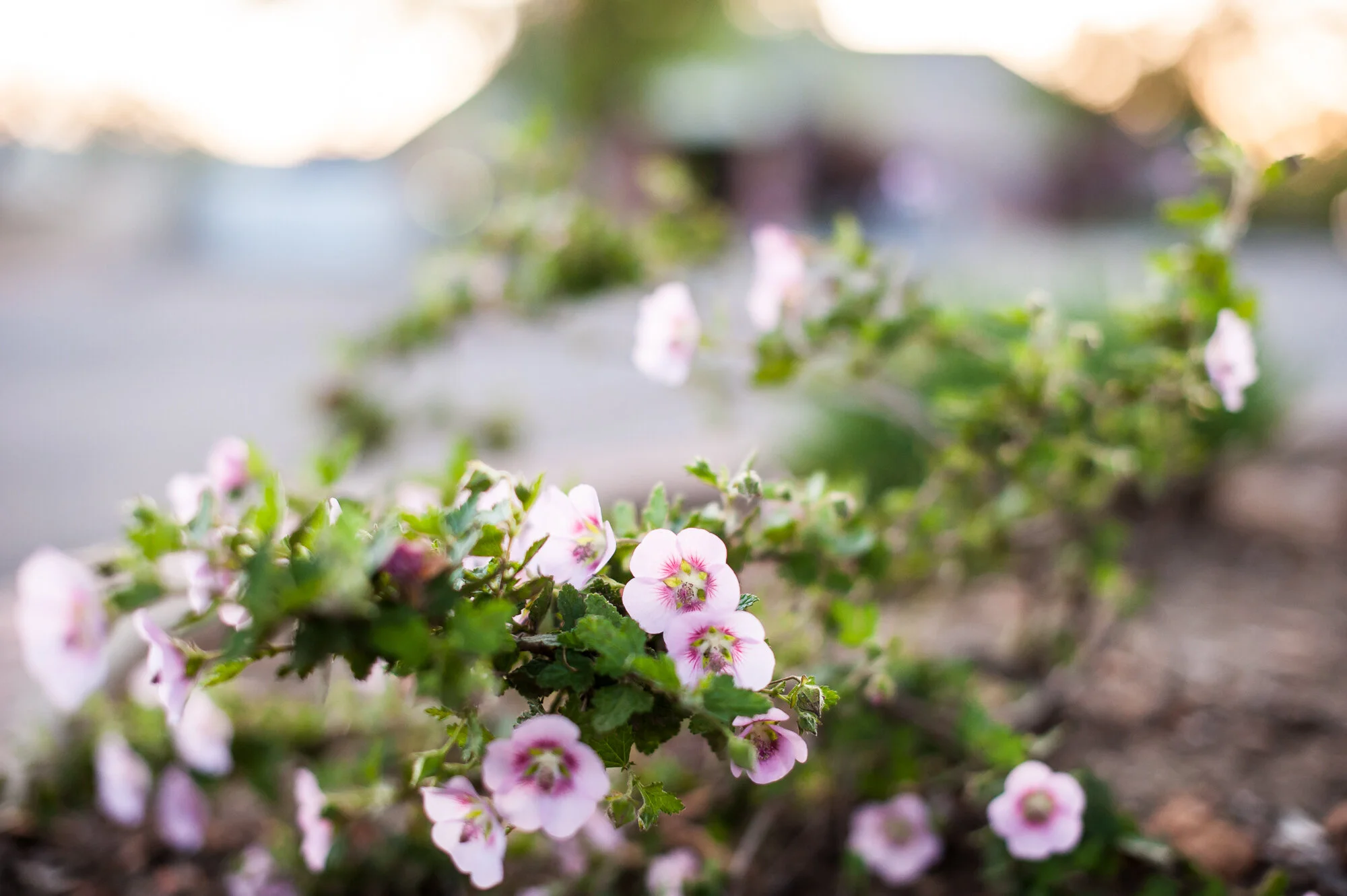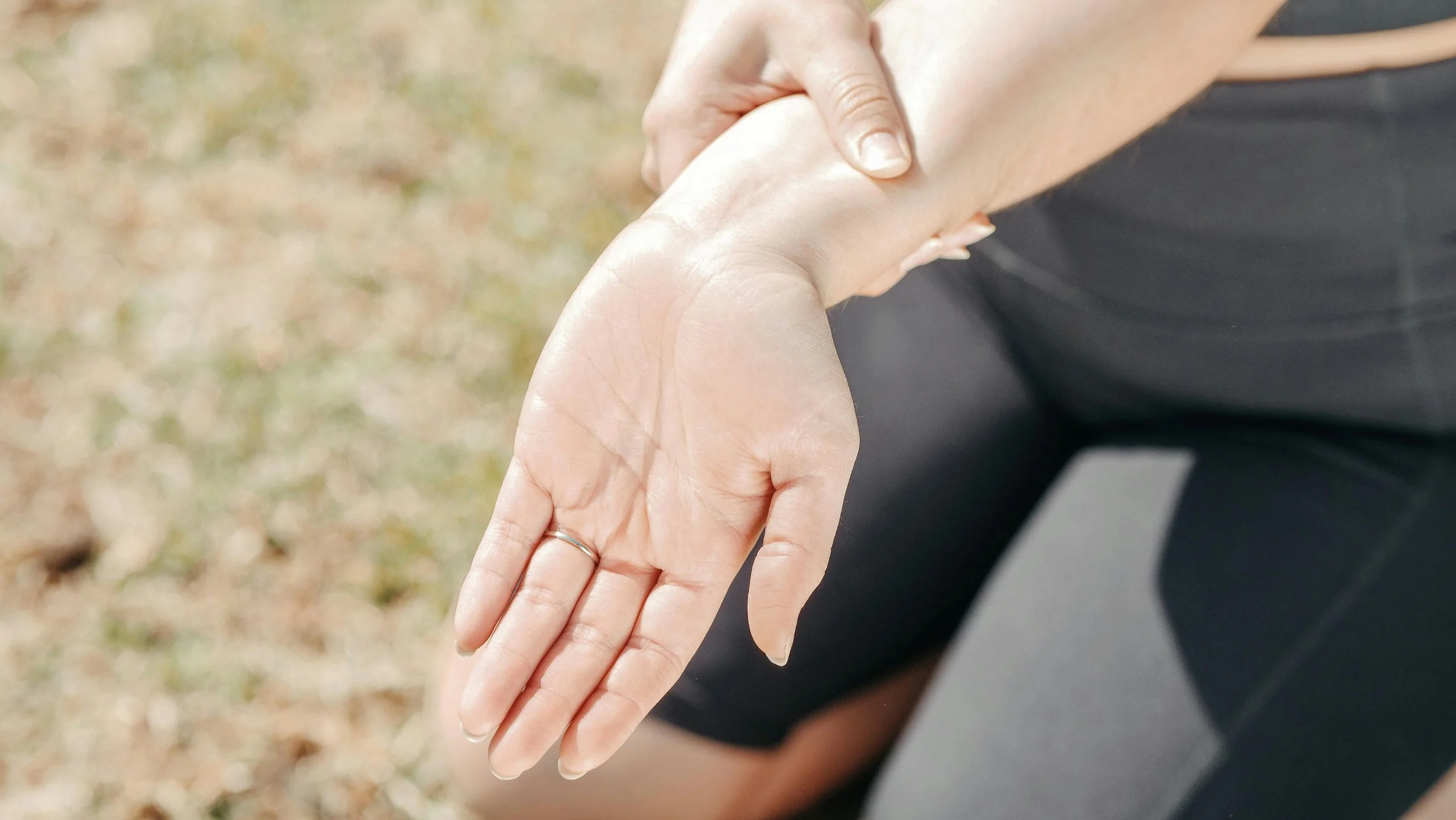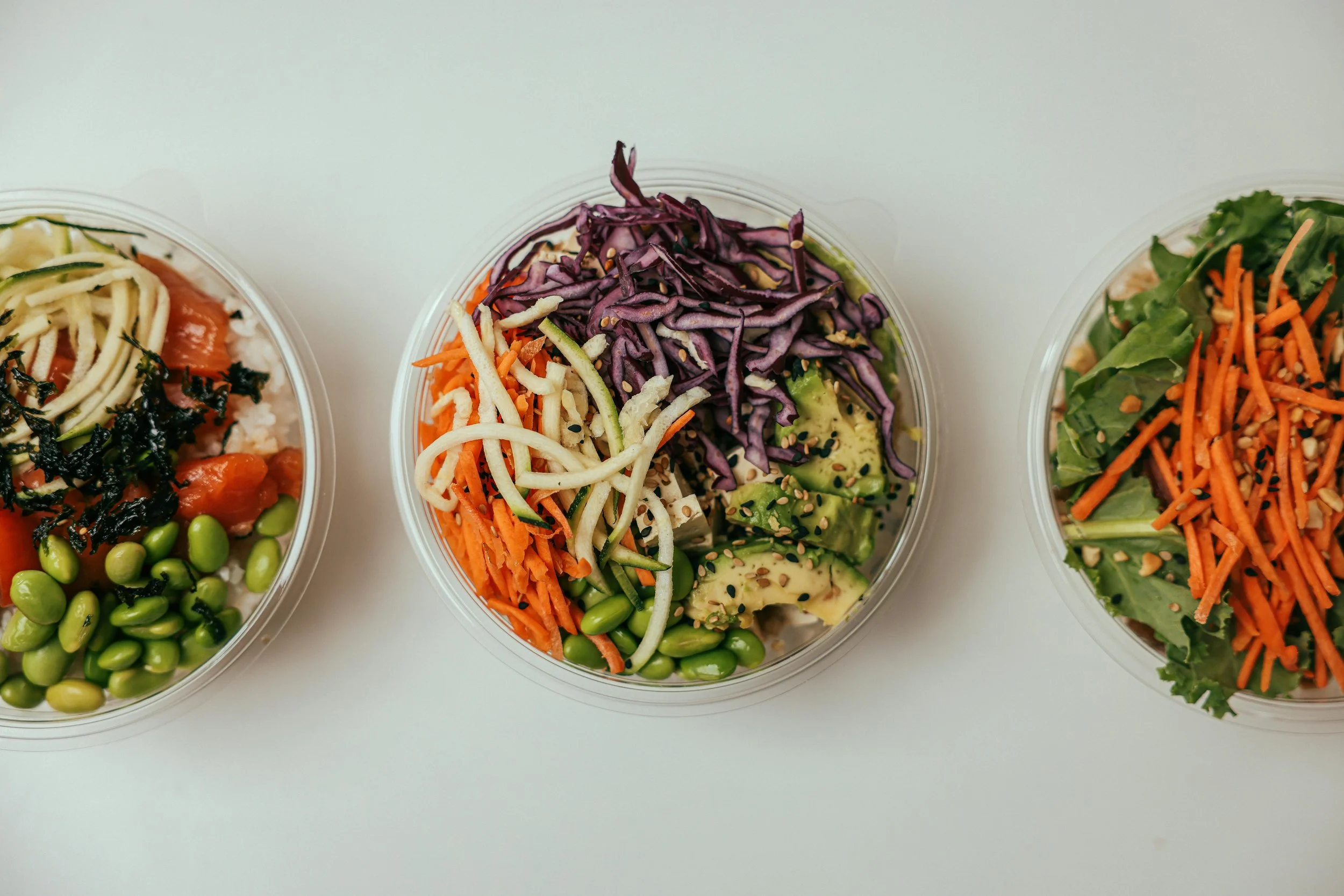
BLOG

The Impact of Sedentary Lifestyles on Vein Health
Sedentary behavior has become a hallmark of modern life. From long hours at desks and binge-watching TV shows to extended travel in cars or planes, many people spend most of their day sitting. While the cardiovascular and musculoskeletal consequences of inactivity are widely discussed, the effects on vein health are often overlooked.

Understanding Lymphedema: Causes, Symptoms, and Management
Lymphedema is a chronic condition characterized by swelling, most commonly in the arms or legs, caused by a blockage or dysfunction in the lymphatic system. This intricate network of lymph nodes and vessels is responsible for draining lymph fluid from tissues and returning it to the bloodstream.

The Role of Diet in Preventing Varicose Veins
Varicose veins—those enlarged, twisted veins typically found in the legs—aren’t just a cosmetic concern. They can lead to discomfort, swelling, and in some cases, more serious circulatory issues. While factors such as genetics, aging, and prolonged standing play a role, one often-overlooked contributor to vein health is diet

The Connection Between Hormones and Vein Health
Vein health is often associated with factors like genetics, age, weight, and activity level. However, one crucial yet often overlooked aspect is the influence of hormones.

Managing Vein Health in Hot Climates
As temperatures climb during the summer months, many people look forward to longer days, trips to the beach, and spending more time outdoors. But for individuals with vein conditions—or those at risk of developing them—hot weather can be more challenging than cheerful.

The Role of Antioxidants in Vein Health
When we think about maintaining good vein health, many people immediately consider exercise, hydration, and avoiding prolonged sitting. While these are all important, nutrition—especially antioxidant intake—plays an equally vital yet often overlooked role in supporting vascular function and vein resilience.

Understanding Venous Ulcers: Causes, Treatments, and Prevention Strategies
Also known as venous stasis ulcers or varicose ulcers, are a common yet often misunderstood condition affecting the lower legs. They are slow-healing wounds that result from improper functioning of the venous valves, leading to prolonged pressure in the veins of the lower limbs.

How Regular Walking Can Improve Circulation and Vein Function
When it comes to protecting your vein health, the solution might be as simple as putting one foot in front of the other. Walking is a low-impact, accessible exercise that offers immense benefits for your veins and overall circulatory system.

The Impact of High Heels on Vein Health
High heels have long been considered a staple in many wardrobes, synonymous with sophistication, fashion, and power. But behind the aesthetic appeal lies a hidden toll on the body—particularly on the veins.

The Role of Physical Therapy in Vein Health
When most people think about vein health, they imagine compression stockings, surgical procedures, or medications. While these treatments can be essential, one often-overlooked ally in maintaining and improving vein function is physical therapy.
